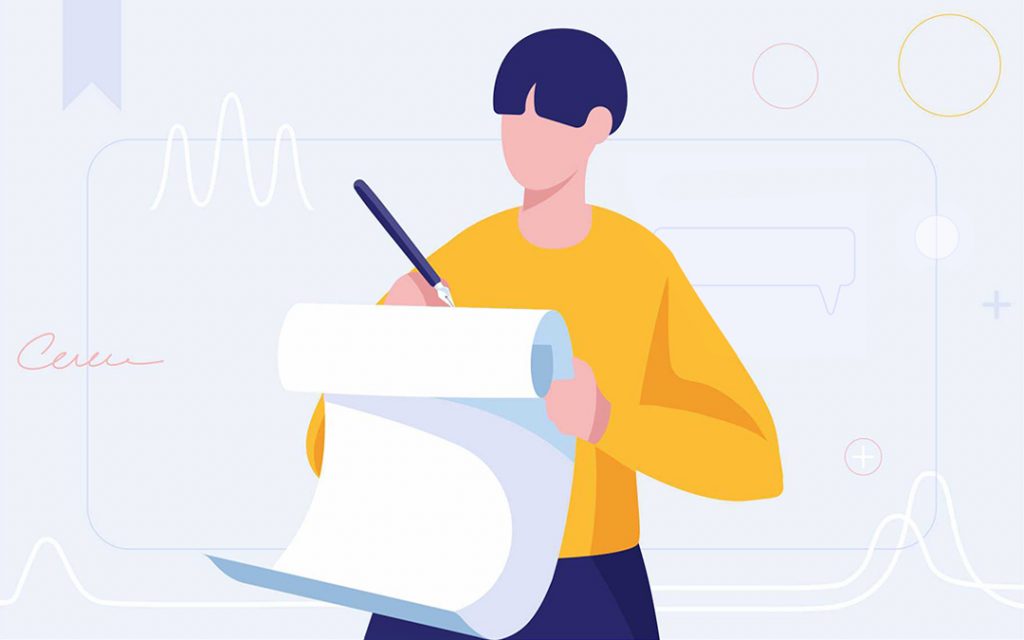The future of education is a place where technology in classrooms has peaked. Only AI and robotics can be imagined today. As the world moves forward, the role of robotics education has taken center stage in how children learn and interact with complex subjects. The robotics for kids, which in itself is an exciting prospect for the future of interactive learning, now makes education engaging, personalized, and effective.
AI and robotics in education: This article explores their impact on education. It argues that “robotics for kids” will become essential in all classrooms.
A New Era of Learning: Robotics in Education
It trains children in the deeper understanding of STEM, not just how to build robots. Robotics education gives students hands-on experience. They see abstract ideas come alive in real life. By way of robotics for kids, the student gets to explore abstract topics in a very concrete way, making them grasp better and retain more.
For example, training a robot to perform tasks teaches kids to code. This early exposure to skills builds a vital foundation for future expertise. Children will carry it into the digital world. The marriage between robotics and AI puts robotics education in a class of its own as combining the two gives it an added benefit to teach the latest skills in modern careers that shape the very future careers of a student.
The Development of Critical Thinking and Problem-Solving Skills
Creating and programming any robot requires problem-solving. This means finding errors and making creative decisions to fix them. “Robotics for children” offers a key benefit. It develops critical thinking and problem-solving skills. In traditional classrooms, students may just absorb information. They may not become solution providers. Robotics education requires an active involvement with problems.
If a robot does not act correctly, the children must think, try different behaviors, and find a solution. An iterative process will not just boost technical knowledge. It will also teach persistence, patience, and resilience after failures. These are highly valued skills that will benefit long after the course is done.
Personalized and Adaptive Learning
AI and robotics open up the avenue for tailored learning experiences. AI platforms could analyze a student’s learning style, pace, and struggles. They could then suggest suitable learning paths. “Robotics education” is interactive. It lets students learn at their own pace. They start with simple topics and move to complex projects as their skills grow.
This flexibility ensures that each child gets attention and support to succeed. The robotics for kids program is personal. It ensures no child is left out, whether they’re a prodigy or need more attention.
Promoting Creativity and Innovation
Although the very word “robotics” brings to one’s mind stiff, technical work, robotics for kids actually tries to break this stereotype and incorporate creativity and innovation in it. In most cases, the children are not just following instructions to assemble pre-designated robots. They are given a platform to design and develop their own robotic projects.
Another important thing that robotics education teaches children is how to think of technology not only as a tool for the execution of tasks but also as a tool for expression. Here, children can design a robot that navigates a maze or dances. They will learn to shape technology to their creative vision. This brings robotics for kids education beyond mere technical skills into innovators and creators.
Team Collaboration and Teamwork
Collaboration is the other importance of robotics education. Most projects are team-based. They aim to teach kids teamwork, communication, and shared responsibility. In today’s world, home offices and remote collaboration are trending. So, this is crucial.
A robotics project with their peers teaches kids to share ideas, delegate tasks, and work toward a goal. It helps children feel part of a group and develop social skills. Everyone needs these skills, no matter their job or environment. Robotics for kids is therefore an early introduction to how to work effectively as a team.
Preparation for the Future
AI and automation are changing the character of industries around. Jobs for tomorrow will require a reasonable appreciation of technology. Robotics education, of course, is very futuristic in its approach. Exposing children to robotics and AI at a young age is a promising tech-based learning platform for them.
From pure engineering and software development to arts and creative industries, robotics and AI will now find their way in. Teaching robotics for kids now will eventually help them become the innovators, engineers, and problem solvers of tomorrow. It is an investment that keeps on giving in their future and helps bring society one step closer.
Making Learning Fun and Interesting
Perhaps it’s a subject for infusion into the curriculum because learning with it will be fun. Children are always the ones who are always curious and are always hungry to learn new things, and robotics for kids will just tell them to enjoy their curiosity. The hands-on, interactive projects will keep students from getting bored.
Children are not just sitting in classrooms. They are building, programming, and testing the robots. Active engagement boosts children’s love for learning. A growth mindset helps them see challenges as chances to grow. Education becomes a delight to learn through robotics education, and inspiration towards lifelong learning.
Conclusion
In fact, the future of education is all about seamlessly putting AI and robotics into daily learning. Robotics education is the new way in which children learn to use technical skills-increased creativity, collaboration, and critical thinking- while changing every rapidly-licking moment on the globe. It’s crucial to prepare the next generation for a tech-driven world.
The robotics for kids in our name goes beyond teaching them to build and program their own robots-also, it cultivates love for learning, innovation, and teamwork. AI and robotics are creating an interactive, learning-filled future. It will empower children for tomorrow’s challenges.


/socialsamosa/media/media_files/2zHb3sGz3BcGQQrVtOoh.png)







